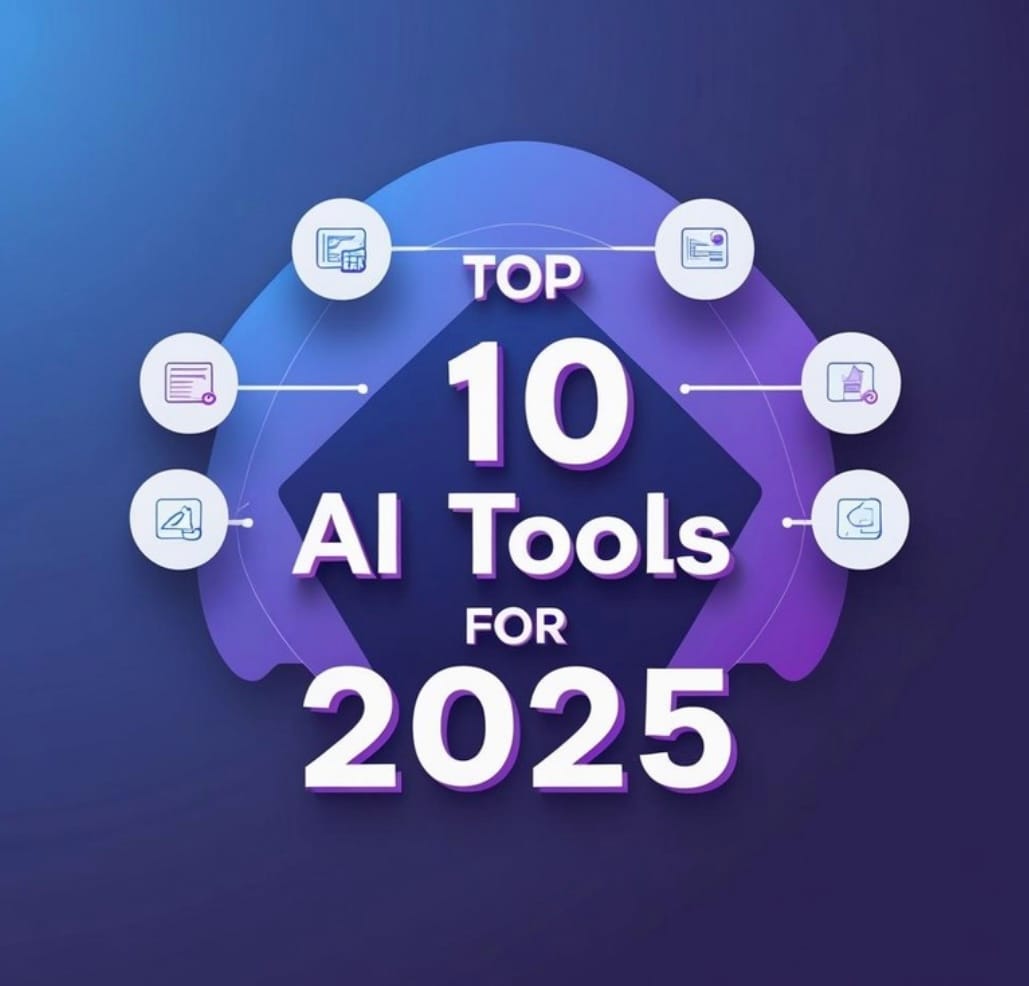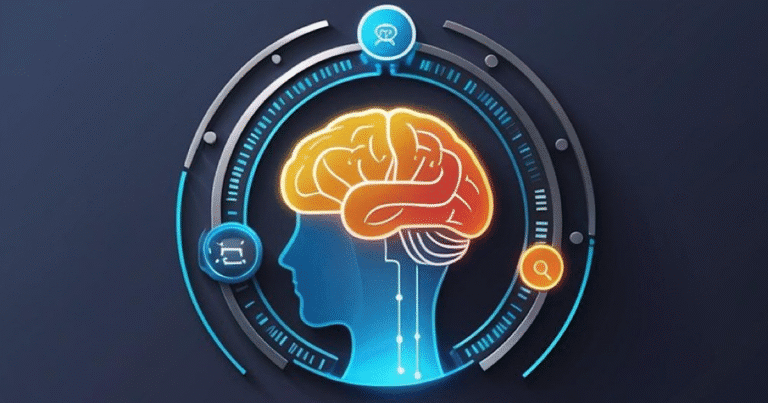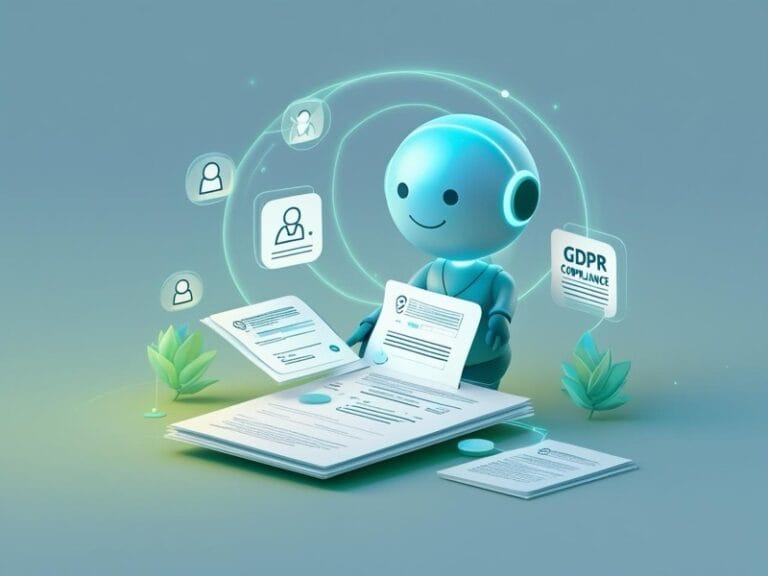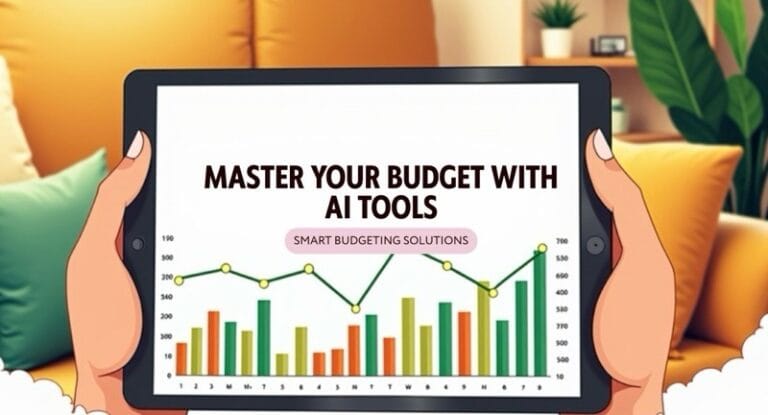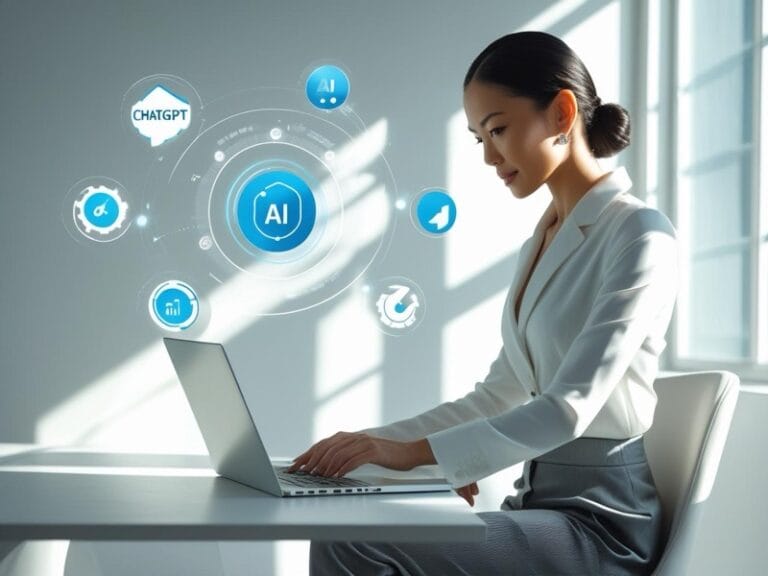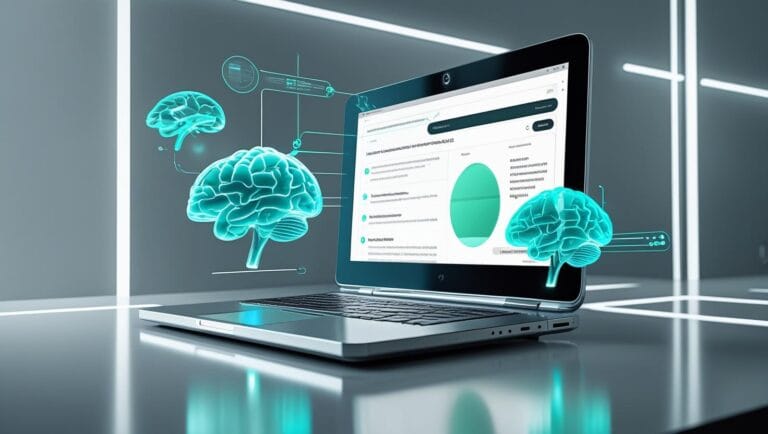AI Tools 2025: Unstoppable Tech Trends Ahead
Introduction
AI tools 2025 aren’t just optional upgrades—they’re the difference between falling behind and forging ahead.
Three years ago, a small marketing agency in Berlin almost shut its doors. Overwhelmed by repetitive tasks and client churn, they leaped and invested in an early version of an AI content assistant. Fast forward to today? That same agency has tripled its revenue, automated 70% of its workflows, and expanded globally. That’s the power of embracing the AI tools 2025.
This isn’t sci-fi anymore. From AI-driven legal briefs to emotionally intelligent customer service bots, the future of AI tools 2025 is happening right now—fast, deep, and wide. As the line between machine intelligence and human decision-making blurs, we’re witnessing a major shift: tools that don’t just support us—they think with us.
So what does this all mean for you?
Whether you’re a founder, freelancer, or future-focused professional, understanding the AI trends of 2025 is no longer a luxury—it’s survival. This article dives into what’s next, what’s working, and how you can stay ahead in this intelligent revolution.
Let’s explore the AI tools that will shape your tomorrow.
The Current State of AI TOOLS 2025: Foundation for 2025
To understand where we’re headed with AI tools in 2025, we have to look back—because every revolution starts somewhere. And the AI journey from 2020 to 2024? It’s been nothing short of explosive.
In just a few years, artificial intelligence has gone from a niche tech experiment to a core part of everyday business and life. AI doesn’t just recommend songs or fix typos anymore—it writes essays, predicts financial trends, diagnoses diseases, and even defends court cases. The future of AI tools 2025 is being built on a foundation that’s growing smarter, faster, and more deeply human-aware every day.
Key Milestones in AI Development (2020–2024)
1. The Rise of Generative AI
The big bang moment came in late 2022. Tools like ChatGPT, Claude, Gemini, and Midjourney redefined what machines could create. Suddenly, people weren’t just using AI for data crunching—they were co-writing novels, building code, and designing art. Generative AI changed everything.
2023 and 2024 saw mass adoption in content creation, education, healthcare, and customer service. The best part? It wasn’t just Big Tech—small startups and freelancers now had access to creative firepower previously unimaginable.
2. AI in Enterprise Workflows
By mid-2024, AI was firmly embedded in enterprise ecosystems. Companies started integrating AI into CRMs, marketing funnels, HR systems, and data analytics. Sales reps began using AI co-pilots. Marketers relied on predictive analytics. Even legal teams use AI to summarize cases in seconds.
Work didn’t just get faster—it got smarter.
3. Ethics, Regulation, and Trust
Of course, with power comes responsibility. The global AI boom sparked intense discussions around bias, misinformation, surveillance, and job loss. Governments from the EU to the U.S. began working on AI regulation frameworks. Companies were pressed to build “ethical AI” and maintain transparency.
And users? They started asking tougher questions: Can I trust this tool? Is it stealing data? Will it take my job or help me grow?
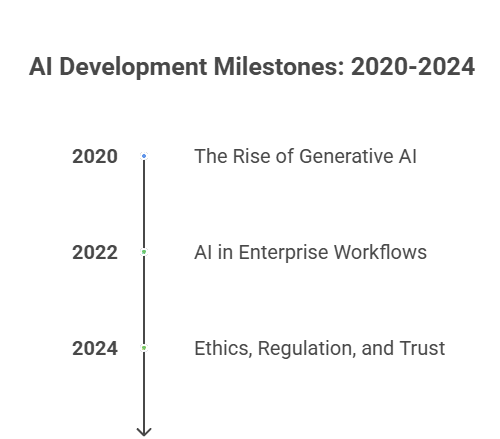
The past four years set the stage—but 2025 is when the real transformation begins. The world isn’t just adopting AI. It’s adapting to it.
AI Trends to Watch in 2025
If 2024 was the tipping point, then 2025 is the year AI breaks the mold. Across industries, across continents, and across all skill levels, AI is no longer just a support tool—it’s evolving into an independent force that works alongside us. And sometimes, without us at all.
From autonomous AI agents doing your to-do list to powerful tools rebuilding education in war-torn regions, the most important AI trends 2025 reflect a deeper shift: the emergence of tools with real agency, empathy, and social impact.
Let’s explore what’s truly reshaping the landscape.
The Rise of Autonomous AI Agents
In early 2023, tools like AutoGPT and AgentGPT entered the scene—and quietly laid the foundation for a revolution.
Unlike traditional AI assistants that respond only when prompted, autonomous AI agents can think in sequences, take initiative, and complete entire multi-step tasks without human input.
Picture this: You tell an agent, “Research five eco-friendly suppliers, compare their prices, and draft a contract template.” Within minutes, the task is complete—without you ever lifting a finger.
These agents use goal-oriented reasoning, decision-making frameworks, and real-time learning to operate like digital employees. In 2025, startups and enterprises alike are adopting these AI agents for sales outreach, content creation, market research, and more.
And this is just the beginning. Imagine an agent that books your travel, handles your email, and adjusts your calendar—all while analyzing your mood. We’re getting closer.
AI and the Future of Work
AI is redefining what it means to be productive—not just at work, but as a person.
One of the biggest AI tools in 2025 is the hyper-personalized productivity assistant. These tools learn your unique patterns, adapt to your energy levels, and prioritize your tasks with a human-like understanding. You no longer have to fit a rigid system—your AI fits you.
In HR and talent development, AI is now used to:
- Scan resumes without bias
- Identify future-ready skills
- Personalize learning tracks
- Offer real-time coaching
In one case, a logistics company in Singapore used AI to analyze internal skill gaps and built personalized training paths for every employee. Productivity went up. Attrition dropped. People felt seen.
The future of AI tools isn’t about replacing humans—it’s about amplifying them.
AI for Good 2025: Real Progress or Just Hype?
There’s a question echoing across boardrooms and community halls alike: Is AI helping people—or is it all just clever PR?
In 2025, we’re seeing both hope and skepticism. On the hopeful side, initiatives like AI for Good, supported by the United Nations, World Economic Forum, and Google.org, are pushing hard to use AI for education, healthcare, climate solutions, and accessibility.
For example:
- In Africa, AI is helping identify safe water sources using satellite imaging.
- In rural India, adaptive learning apps powered by AI are customizing math lessons for children with no formal teachers.
- In Brazil, climate scientists are using predictive AI to map deforestation and alert local governments.
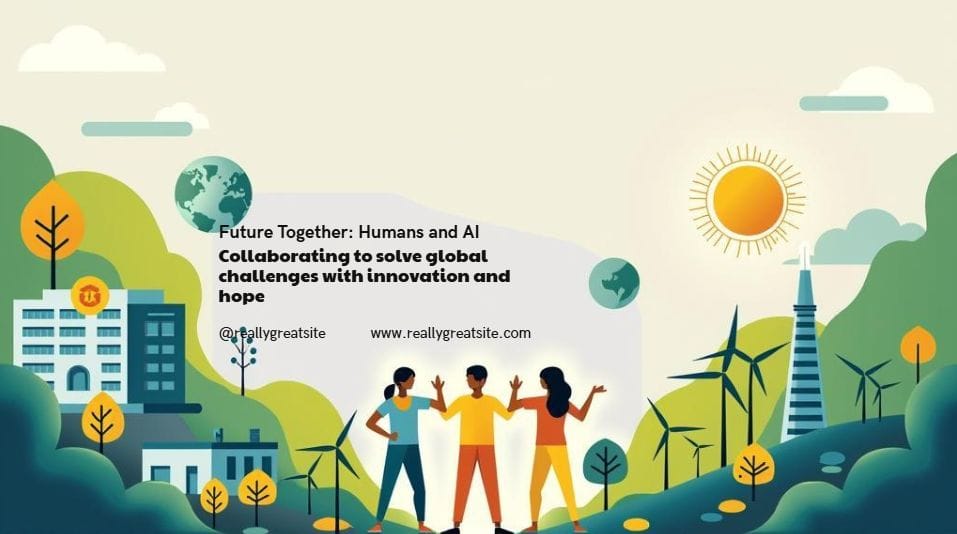
| Organization | Focus Area |
| UN AI for Good | Education, Ethics, Health |
| Google.org | Accessibility, Climate Tech |
| WEF Initiative | Ethical Governance, Equity |
Yet, there’s growing scrutiny too. Critics argue that many “AI for Good” projects are underfunded, overhyped, or driven more by optics than outcomes.
Still, 2025 feels different. The conversation is deeper. The projects are bolder. And for once, the results are starting to show.
In a world buzzing with innovation, these are the AI tools and trends of 2025 that matter—because they’re changing how we live, work, and care for one another.
Top 7 Emerging AI Tools 2025
to Watch in
Let’s be honest—every week, it feels like there’s a shiny new AI tool claiming to “change the game.” But in 2025, a few standouts are genuinely doing just that.
These aren’t just gimmicks—they’re redefining the future of AI tools across industries, solving real problems, and empowering real people. From solo freelancers to global enterprises, here are the top 7 AI tools for 2025 that deserve your attention.
1. HumaneOS – AI That Lives on Your Body
- Ideal for: Everyday users, productivity geeks, accessibility tech
- Why it matters in 2025:
Developed by ex-Apple engineers, HumaneOS is a wearable AI assistant that replaces your phone and screen. You talk to it, gesture at it, and it responds with contextual answers, summaries, and reminders—projected right onto your hand.
It’s more than a gadget—it’s a movement toward screenless, human-first AI interaction. In a world drowning in digital noise, HumaneOS brings peace back to productivity.
2. Sana AI – Your Corporate Brain
- Ideal for: Enterprises, remote teams, HR & training departments
- Why it matters in 2025:
Sana AI centralizes your company’s internal knowledge and gives you an AI-powered search assistant that’s more accurate than Google—for your files. Need last quarter’s marketing deck? Sana finds it. Want a training module on compliance? Done in seconds.
As hybrid work becomes the norm, knowledge fragmentation is a growing problem. Sana fixes it—with intelligence, privacy, and speed.
3. Pika Labs – Hollywood in Your Pocket
- Ideal for: Creators, marketers, educators
- Why it matters in 2025:
Pika lets anyone create studio-quality videos with nothing but a text prompt. In seconds, you can generate animated explainers, cinematic shots, or social ads—no editing skills required.
In a content-hungry world, this tool gives creators superhuman storytelling abilities. And yes, it’s already being used by ad agencies and educators worldwide.
4. Hippocratic AI – Safe, Empathetic Healthcare Agents
- Ideal for: Hospitals, clinics, telehealth providers
- Why it matters in 2025:
Named after the Hippocratic Oath, this tool is the world’s first safety-focused LLM for healthcare. It doesn’t diagnose like ChatGPT—it listens, guides, and supports patients with emotionally intelligent, clinically tested responses.
In rural areas or overloaded hospitals, Hippocratic AI is already saving lives by bridging communication gaps. It’s the compassionate face of AI for good in healthcare.
5. Augment AI – Your Thought Partner
- Ideal for: Solopreneurs, thinkers, writers, strategists
- Why it matters in 2025:
Think of Augment as an AI that thinks with you, not for you. It doesn’t just generate answers—it challenges your assumptions, asks follow-ups, and helps you reflect deeper.
Writers use it to co-edit novels. Strategists use it to brainstorm campaigns. Students use it to test arguments. This tool turns passive prompting into a true thinking partnership.
6. Reka AI – The Polyglot AI Communicator
- Ideal for: Multinational teams, customer service, NGOs
- Why it matters in 2025:
Reka speaks over 100 languages and translates intent—not just words. It’s the go-to tool for real-time cross-language collaboration, and it understands cultural nuance better than any other LLM on the market today.
Whether you’re negotiating contracts in Japan or onboarding teams in Nigeria, Reka AI ensures clarity and connection—without the lost-in-translation chaos.
7. Cognition Labs’ Devin – The AI Software Engineer
- Ideal for: Dev teams, startups, IT leaders
- Why it matters in 2025:
Devin isn’t just another coding assistant—it’s the world’s first fully autonomous AI software engineer. It writes, debugs, tests, and even deploys code independently.
Dev teams are already using Devin to build entire backend systems, troubleshoot APIs, and ship faster with fewer bugs. If you’re in tech, this tool will be your teammate—not just your tool.
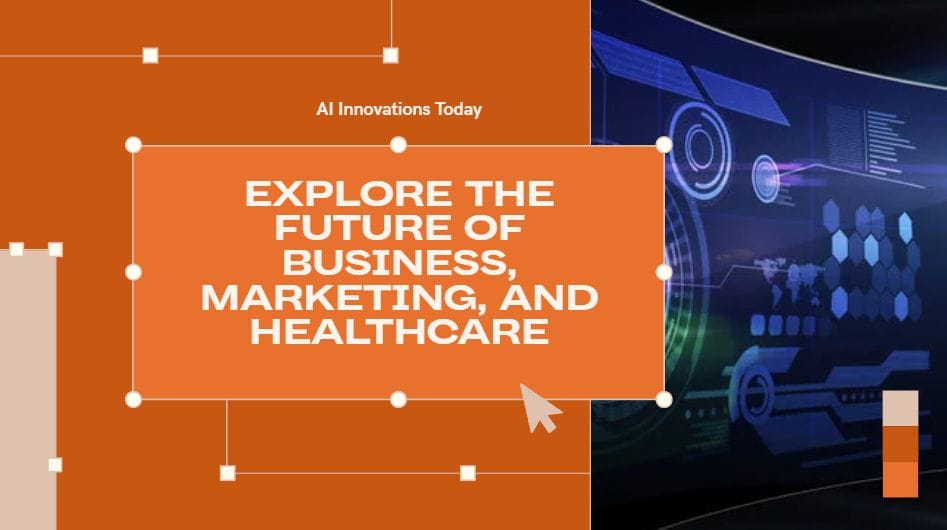
Each of these tools embodies a shift in how we work, learn, heal, and connect in 2025. They’re not just part of the AI trends of 2025—they are the trendsetters, blazing paths toward a more intelligent, intuitive, and impactful future.
Where Is AI Headed Next? Predictions from Experts
If the past few years were about discovering what AI can do, 2025 is about deciding what it should do—and who gets to decide.
From Silicon Valley boardrooms to United Nations task forces, the world’s biggest players are sketching out the next phase of the AI revolution. And their visions? Sometimes aligned. Sometimes competing. Always high stakes.
Here’s what top experts and institutions are predicting for the future of AI tools in 2025—and beyond.
Strategic Roadmaps from Big Players (Google, OpenAI, Meta)
Let’s start with the tech titans.
OpenAI
Their mission remains: develop AGI that benefits all of humanity. In 2025, OpenAI is doubling down on alignment research, pushing harder on agent autonomy (like GPT-powered bots that think, reason, and act), and leading the charge on multimodal AI—tools that understand and generate text, images, video, and even sound.
Their goal? Create “universal AI collaborators” that can handle real-world complexity, ethically and efficiently.
Google DeepMind & Gemini
Google is going big on closed-loop systems—AI that can improve itself through reflection. Its Gemini platform is now multimodal, multilingual, and multi-intent. It understands nuance, humor, and emotion better than ever before.
Meanwhile, Google’s focus on ethical AI is tighter than ever, as it leads international efforts in AI transparency and watermarking synthetic content.
Meta AI
Meta is leaning into open-source AI—releasing powerful models like LLaMA and supporting decentralized innovation. But that comes with friction: while open models fuel innovation, they also risk misuse.
This leads to one of the most heated debates of 2025:
Open-source vs closed-source AI
- Open = transparent, democratized, risky
- Closed = safer, slower, more controllable
Experts remain divided, and this philosophical clash is shaping AI’s future.
Governments & Global Policy: What’s Coming in 2025
Behind the scenes, governments are racing to catch up. For the first time in history, technology is shaping law faster than law can shape technology.
United States
The U.S. launched the AI Bill of Rights, covering everything from transparency to fairness in algorithmic decisions. Federal AI audit laws are rolling out for health, finance, and hiring sectors.
European Union
The EU AI Act officially kicks in this year. It classifies AI by risk level—from minimal to “unacceptable”—and demands full compliance from tech companies. Fines for violations? Up to €35 million.
China
China’s model focuses on national control and surveillance transparency. It now mandates model registration, data origin reporting, and in some cases, ideological safety testing.
Each region is taking a radically different approach. The result? A fragmented but maturing AI landscape.
| Country/Org | AI Strategy Highlights (2025) |
| USA | AI Bill of Rights, sector audits, and transparency laws |
| EU | Risk-based AI Act, safety testing, strong penalties |
| China | Model registration, surveillance AI controls |
| UN/WEF | Global governance frameworks, ethical AI roadmaps |
One thing is clear: AI tools 2025 aren’t just evolving technologically—they’re evolving politically, ethically, and socially. The next frontier isn’t just about smarter machines.
It’s about wiser choices.
Frequently Asked Questions
What is the future of AI Tools 2025?
In 2025, AI is moving far beyond simple chatbots and basic automation. The future of AI focuses on autonomous agents that can think and act independently, seamlessly integrated ethical frameworks that keep AI accountable, and highly specialized tools tailored for specific industries. Whether it’s healthcare, marketing, or software development, AI is becoming a deeply embedded partner in everyday workflows, not just a helpful add-on.
Where is the AI for Good 2025 initiative?
The AI for Good 2025 initiative is a global effort spearheaded by organizations like the United Nations, the World Economic Forum, and leading technology coalitions. Its mission is to harness AI to tackle pressing world problems—think climate change, improving healthcare access, and transforming education in underserved communities. By combining cutting-edge AI with social responsibility, this initiative aims to make technology a true force for positive global impact.
What is the AI plan for 2025 by the top tech companies?
Leading tech giants such as OpenAI, Google DeepMind, and Meta are shaping 2025’s AI landscape with ambitious but cautious strategies. They’re investing heavily in developing safe artificial general intelligence (AGI), expanding multimodal AI systems that can handle text, images, and video simultaneously, and balancing open-source and closed-source approaches to promote innovation while managing risks. Their goal? Create AI tools that enhance human creativity and decision-making without compromising safety or ethics.
Conclusion
AI tools 2025 aren’t just programs running in the background—they’re becoming your co-pilots, your smartest analysts, and your most imaginative creative partners. This year marks a turning point, where ethical AI meets breakthrough automation, and technology starts truly working with us—not just for us.
The future is both exciting and uncertain, but one thing is clear: those who stay informed and adaptable will harness these tools to unlock new levels of success and meaning. The journey with AI is just beginning, and 2025 is your moment to lead the way.
Embrace the change, trust the process, and watch as these intelligent tools transform not just your work, but your world.
READ MORE AI: 7 Powerful Benefits of Artificial Intelligence in Asset Management PDF
